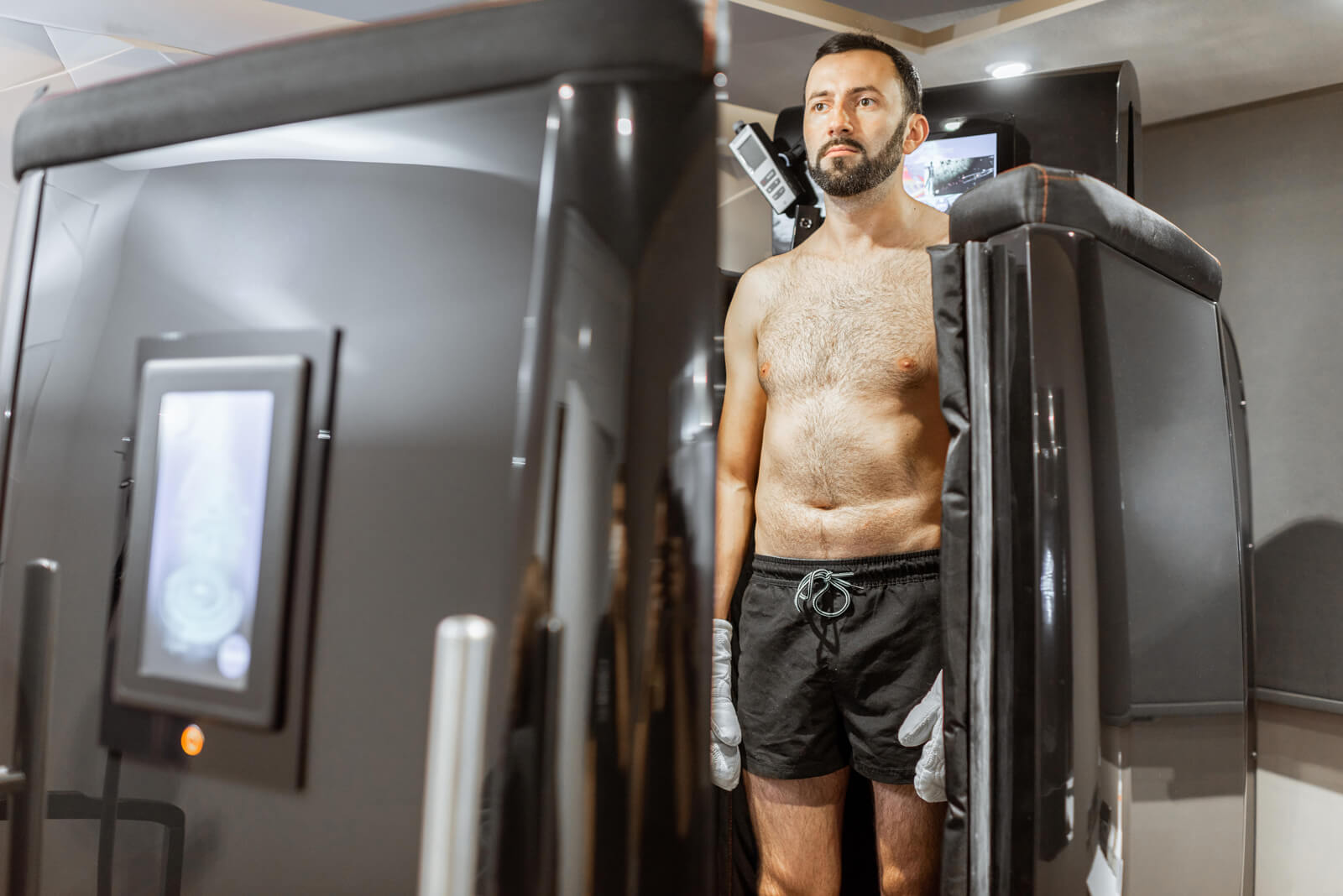Wellness retreats are each as unique as the people who attend them. At one end of the spectrum are pure fitness retreats that focus specifically on weight loss, eating disorders, and changing certain behaviors immediately. At the other end are relaxation retreats that promote body relaxation and mental rejuvenation. Most people find that they achieve maximum benefit from a blend of the two.
The education and experiences at health retreats will be memorable and life changing, but might not always be comfortable. With the structured approach of a wellness retreat, you will find yourself shattering personal boundaries and exceeding your own expectations. Top wellness retreats focus on integrating both mind and body for maximum overall healing and balance. Many classes offered at a wellness retreat set a strong foundation to help you reboot your energy and overall wellness.
Let’s take a look at how a wellness retreat can help you re-energize and make a fresh start.
Start a Reboot with Education
Experts at wellness retreats share their knowledge about nutrition and your body. This often includes topics like how your body absorbs nutrients, how to shop smarter, understanding the factors that influence food quality, and the long-term impact of certain foods and drinks. You may also receive specific instruction and “how-to” classes like vegan or gluten-free cooking or how to prepare raw meals. These workshops are geared toward shifting your perception about your body, what you eat, and the choices you make.
Fitness to Kick It Up a Notch
A health retreat provides various options for many endurance and fitness levels that will stimulate, challenge, and re-energize you. These will include a range of high-and low-impact sports and fitness activities, such as:
- Yoga or pilates
- Walking, jogging, biking, swimming, hiking
- Weights, aerobics, circuit training
Don’t be surprised if your retreat encourages fitness classes that inspire you, but also take you out of your comfort zone. Trying new exercise classes can give you the opportunity to push your personal boundaries, which can have a major positive impact on your emotional wellness, as well as your physical fitness level.
Team-Building and Personal Confidence
The anonymity of attending a wellness retreat alone can itself be therapeutic. You might find yourself sharing personal stories through creative writing or doing one-on-one work with strangers. Team activities like puzzle-solving, relay races, group obstacle courses, or games that promote teamwork can increase your willingness to act more authentically in your daily life, without fear of judgment from others.
Stress Management
Stress management is an important part of any wellness retreat, since stress plays a major role in your state of emotional wellness. Whether a retreat offers an overt effort to address stress management or the activities are simply designed to relax you during your stay, quality stress-management techniques can include:
- Journaling exercises
- Goal-setting
- Guided meditation and mental relaxation
- Biofeedback
- Physical treatments like massage, spa soaks, or energy work
Wellness retreats aim to show you a new way at looking at yourself and your place in the world. A top retreat will educate you, challenge you, nurture you, and help you reboot your lifestyle and wellness. As a result, you should emerge feeling empowered–physically, mentally and emotionally.






